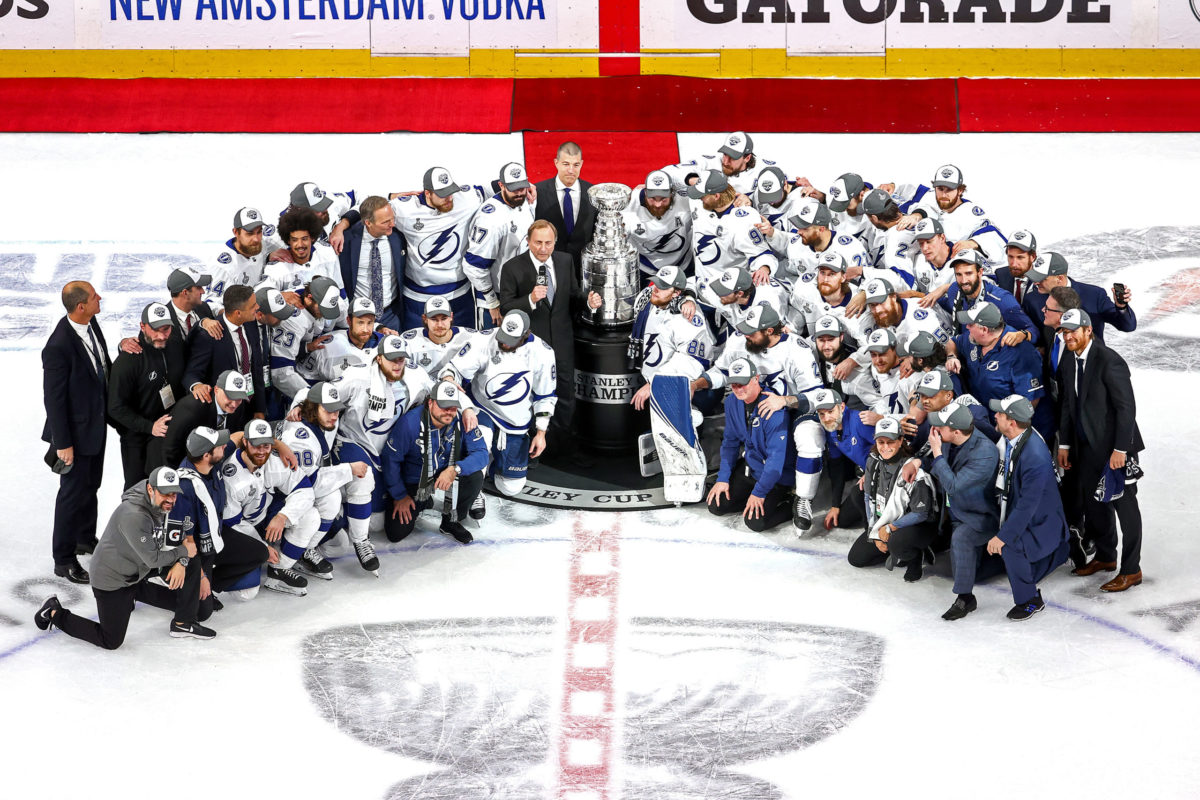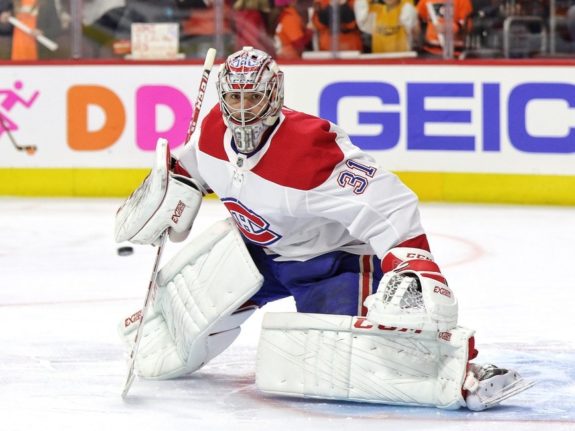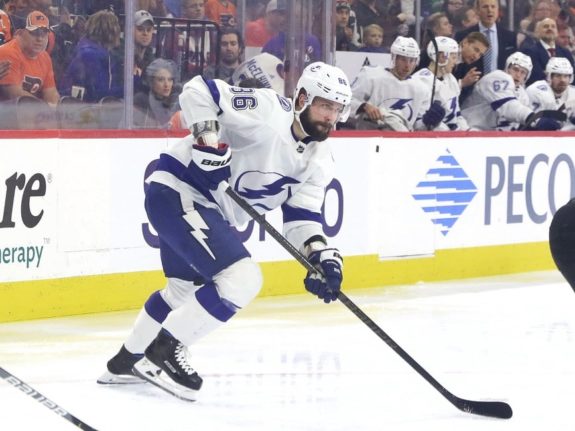In a regular-season as unprecedented as 2020-21, it should come as no surprise that the playoffs have been as unpredictable as ever. With a new postseason format built out of necessity and teams facing off against familiar foes for the first two rounds, then squaring off against franchises they haven’t seen on the ice in months if not years, there was plenty of room for anything to happen.
Now, as we prepare for the 2021 Stanley Cup Final, we have the two teams who will be facing off. First is the defending champions, the Tampa Bay Lightning, who fought their way back to the Finals for the second-straight season. Despite having some difficult opponents along the way, their return wasn’t really unexpected, but it is always a surprise when a team can make it this far in back-to-back seasons.

Facing off against Tampa Bay are the Montreal Canadiens, a team that was largely left for dead heading into the postseason. With the 18th best record at the end of the regular season, few expected them to make it past Round 1, let alone all the way to the Final. Yet through some fantastic play on all ends of the ice, the Canadiens followed in the footsteps of the 2017 Nashville Predators who fought their way to the Finals despite being the last team to qualify for the postseason.
As Atlantic Division Rivals in the Eastern Conference, this Stanley Cup Final match-up would normally be impossible. However, since it is 2021, it only makes sense that we would get an impossible match-up that is filled with storylines and points of discussion.
Canadiens and Lightning Bet Big on Goaltending
The first topic that is on everyone’s mind is goaltending, as the netminders facing off are two of the biggest names in the sport. For Montreal, you have Carey Price, who has reached his first Final in his illustrious 14-year-career. On the other end of the ice will be Andrei Vasilevskiy, who is, arguably, the best goaltender in the world right now.
Between these two goaltenders, you can define the last decade-plus of the position. From around the start of the 2010 season until 2017, Price was seen as one of the best players in the NHL, regardless of position. He was a dominant force in the net, who would routinely post save percentages above .925 over the course of a full season.

Around the time that Price’s play declined somewhat due to injury and overuse, Vasilevskiy burst onto the scene. Over the last four seasons, the Russian goaltender has been nigh unstoppable, being nominated for the Vezina four times and winning the award once. His postseason play has also been stellar, as he helped carry the Lightning to the 2020 Stanley Cup.
While these two players are impressive in their own right, they do lead to an interesting conversation about the value of goaltending. See, Price is the highest-paid goalie in the NHL with a $10.5 million cap hit, where Vasilevskiy is the third-highest paid with a $9.5 million cap hit.
With so much of their cap tied to goaltending, many expected this to act as an anchor for their respective franchises. As of now, however, these goalies have reigned supreme, showing that you can still build a top-flight franchise on the back of an exceptional goaltender.
Lightning’s Power Play Versus Canadians’ Penalty Kill
Another fascinating topic heading into this series is special teams play. For the Lightning, the power play has been the area where they separated themselves from the rest of the league. Throughout the postseason, they have been converting at a nearly 38 percent clip, which has contributed 20 of their 58 total goals, or roughly a third of their offense.

On the penalty kill, however, will be the equally dominant Canadiens, who have been on an incredible run this postseason. In 46 short-handed opportunities, Montreal has only allowed three goals, giving them a mind-boggling 93.5 penalty kill percentage. Perhaps even more impressive is the fact that they have scored four shorthanded goals, meaning that their unit is plus-1 while shorthanded through 17 games.
With all of this in mind, it should come as no surprise that special teams will be a defining factor in this series. If the Canadiens can keep up their stout penalty kill, it will severely limit the Lightning’s scoring potential. On the other side, if Tampa Bay can continue producing on the man advantage, it would force Montreal to chase games from behind, which they have managed to limit in recent series.
How Full Will Stadiums Be?
As life has started to return to normalcy, hockey fans have been permitted back into their respective home stadiums. By the Stanley Cup Semifinals, teams in the United States were playing to packed houses, with fan noise helping to bring back the atmosphere of playoff hockey.
In Canada, though, stadiums have been less busy. While fans were permitted to return, their numbers were smaller than in the States. For example, the Lightning’s home stadium was allowing more than 70 percent capacity in their games since Round 2. Montreal, on the other hand, has only been permitted around 3,500 fans.
This lack of fans didn’t seem to hurt the Canadiens in the Semifinals, though. They won two of three games at home versus the Vegas Golden Knights and they weren’t intimidated by their opponent’s packed barn either, winning two of three in their loud stadium.
The Stanley Cup Final is always a different beast, however. This is the first time we will be experiencing it with limited capacity, which will be new and different from what we saw in the bubble with no fans. Things will be odd, to say the least, and it could have an effect on the series.
Exciting Stanley Cup Final For the Hockey World
No matter how the series goes, the 2021 Stanley Cup Final will be an exciting one for the NHL. Just reaching the end of this season is a feat in itself, especially when you look back at some of the uncertainty surrounding the start of it back in January. But the league, players, coaches, stadiums, and fans all found a way to make it happen, which is an impressive feat in its own right.